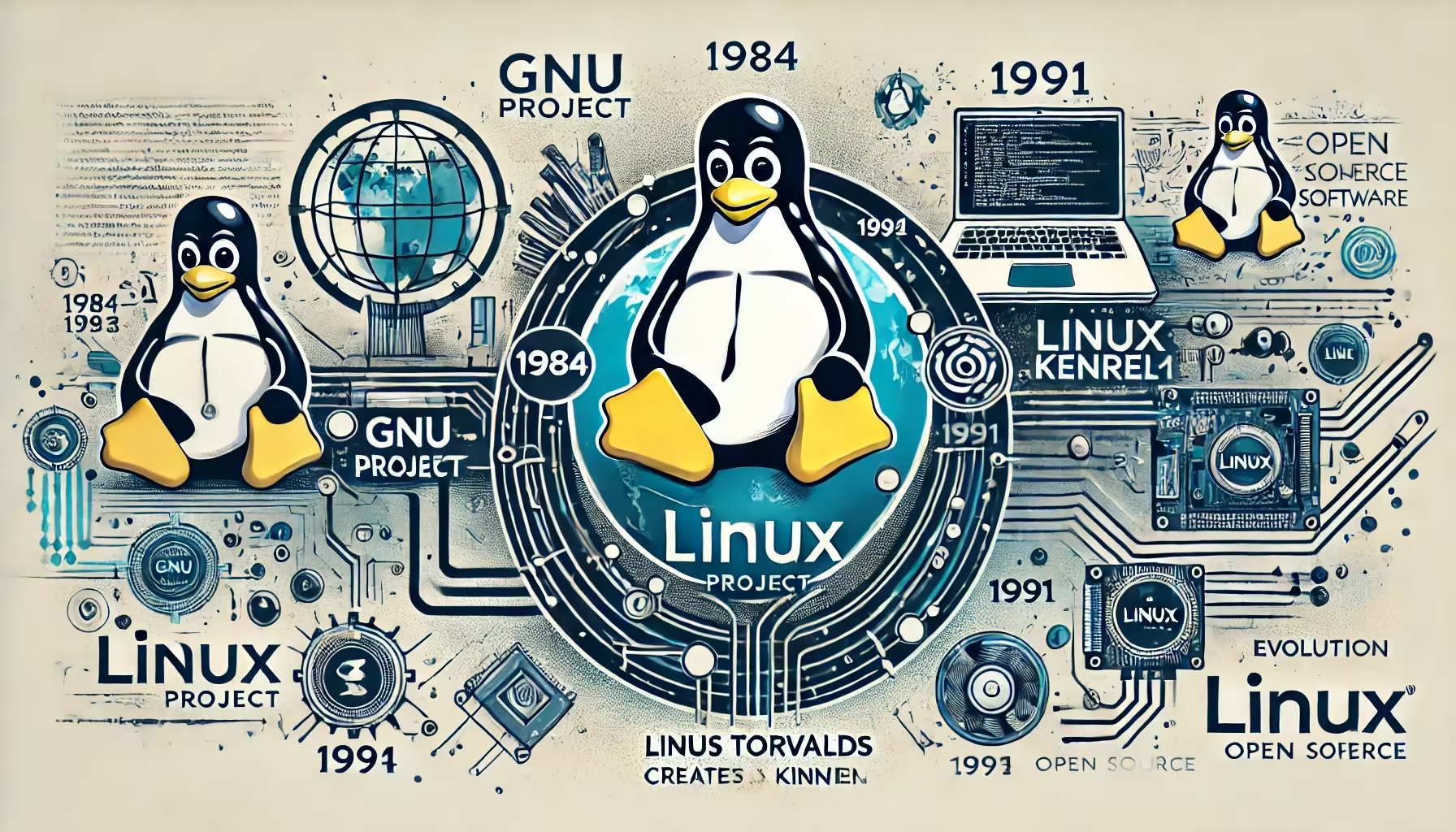Tag: windows
-
How to Speed Up Windows 10: Advanced Boot Optimization (Part 3)
Unlock your Windows 10 PC’s full potential by optimizing advanced boot settings for multi-core processors. This step-by-step guide shows you how to properly configure your system for faster startup times.

